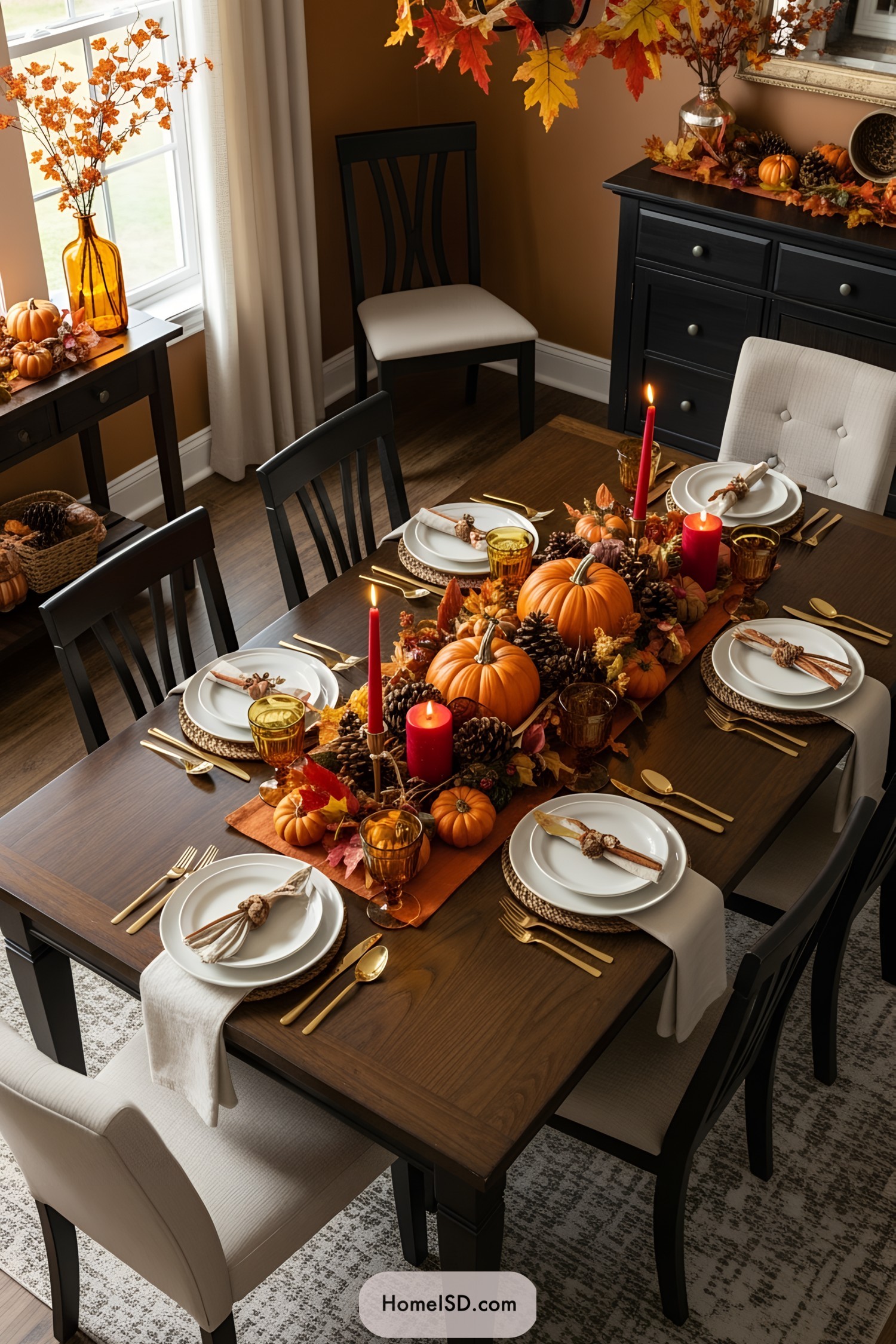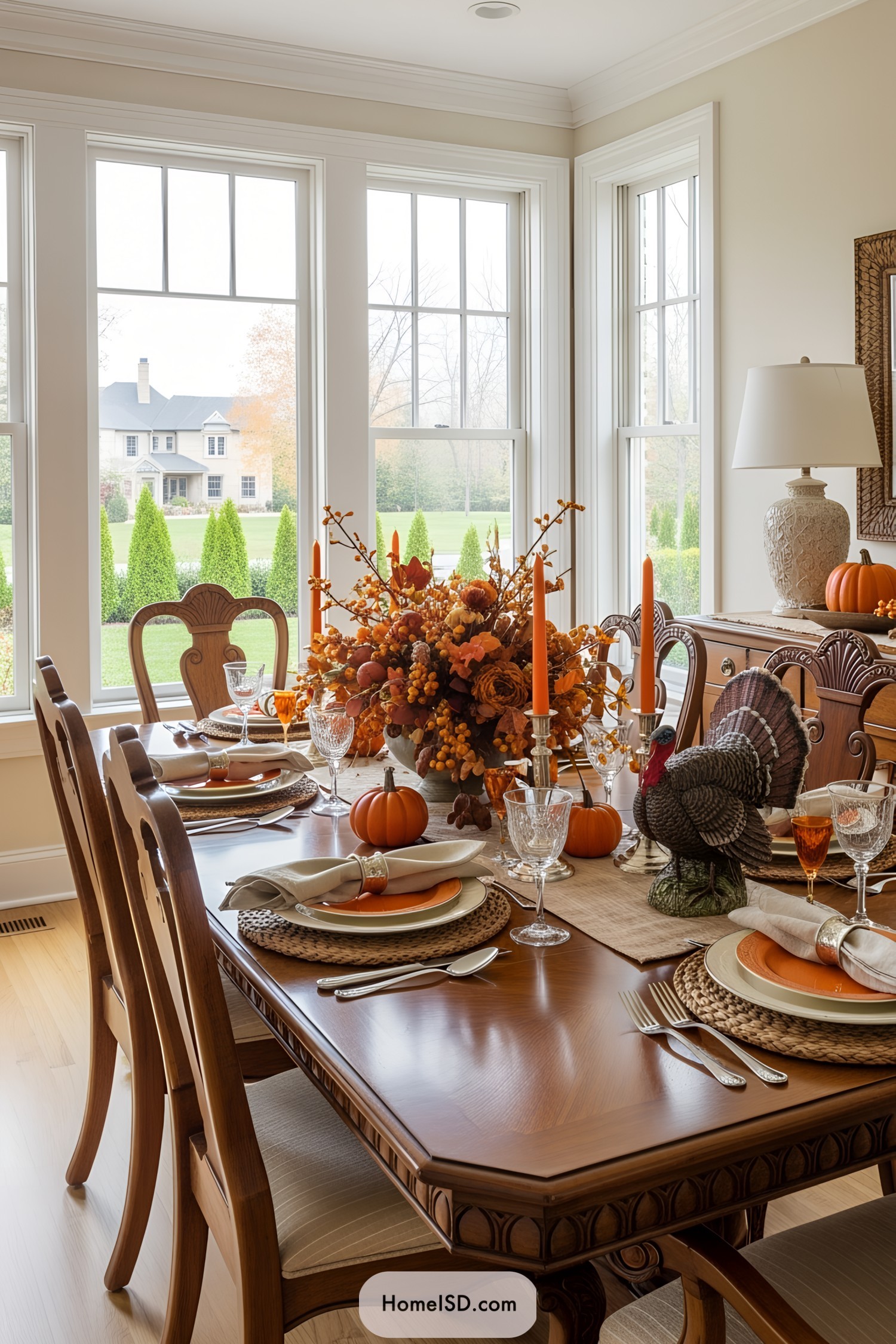Last updated on
Discover budget-friendly MDF alternatives for your home decor and renovation projects.
Decorating your home can be an expensive endeavor, especially when it comes to furniture. Medium-density fiberboard (MDF) is a popular material used in constructing many pieces of furniture due to its affordability and versatility.
However, if you’re looking for alternatives to MDF that won’t break the bank but will still give you the stunning decor you desire, then this article is for you!
In this post, we’ll explore 20 alternative materials that can be used instead of MDF. We’ll outline their advantages and disadvantages so that you can make an informed decision on which option is best for your home.
So please sit back, relax, and let’s dive into some creative ways to decorate your home without breaking the bank!
Plywood

Plywood is a popular choice for many home decorators. It is made by gluing together thin layers of wood veneer, creating a strong and versatile material for various applications.
One of the biggest advantages of using plywood as an alternative to MDF is its strength. Plywood has excellent structural integrity and can withstand heavy loads without warping or bending.
This makes it ideal for use in furniture construction or as a subflooring material.
Plywood also offers versatility when it comes to finishing options. It can be stained, painted, or left natural depending on your decor project’s desired look and feel.
However, one major disadvantage of using plywood over MDF is its cost. Plywood tends to be more expensive than other alternatives like particleboard or OSB (oriented strand board).
This may make it less accessible for those working with tight budgets.
Overall though, if you’re looking for a durable and versatile option that will stand up well over time – even under heavy use – then plywood could definitely be worth considering as an alternative material choice instead of MDF!
Particleboard
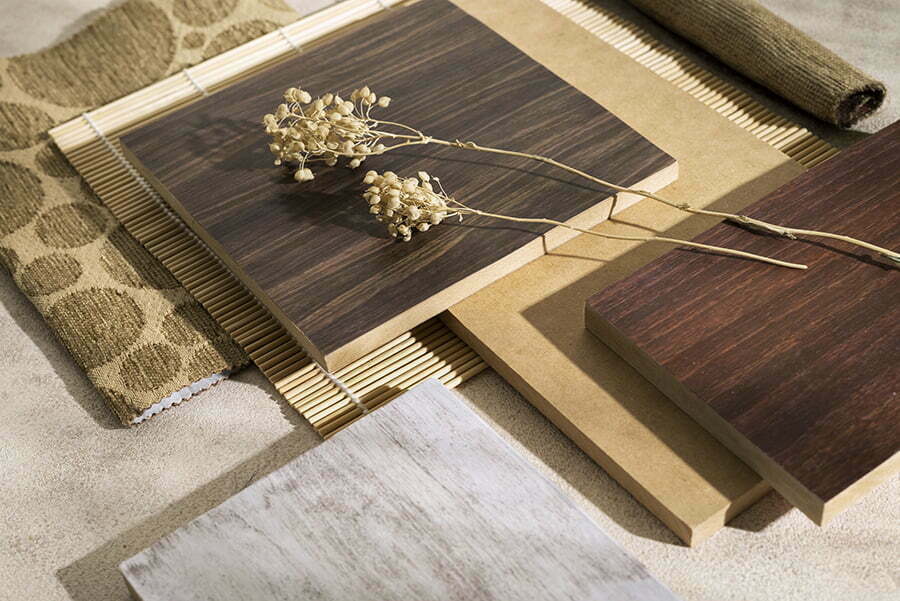
Particleboard is a popular choice. Made from compressed wood particles and resin, particleboard is known for its affordability and versatility in furniture making.
One of the biggest advantages of using particleboard as an alternative to MDF is its cost-effectiveness. It’s significantly cheaper than solid wood or even plywood, making it an attractive option for those on a tight budget.
However, one major disadvantage of using particleboard is that it’s not as strong or durable as other materials like plywood or solid wood. Particleboards are prone to sagging under heavy weight and can easily break if exposed to moisture over time.
Despite this weakness, with proper care and maintenance such as avoiding exposure to water or humidity-prone areas in your home; you can still create beautiful pieces with this material at a fraction of the cost compared with other options available on the market today.
Hardboard
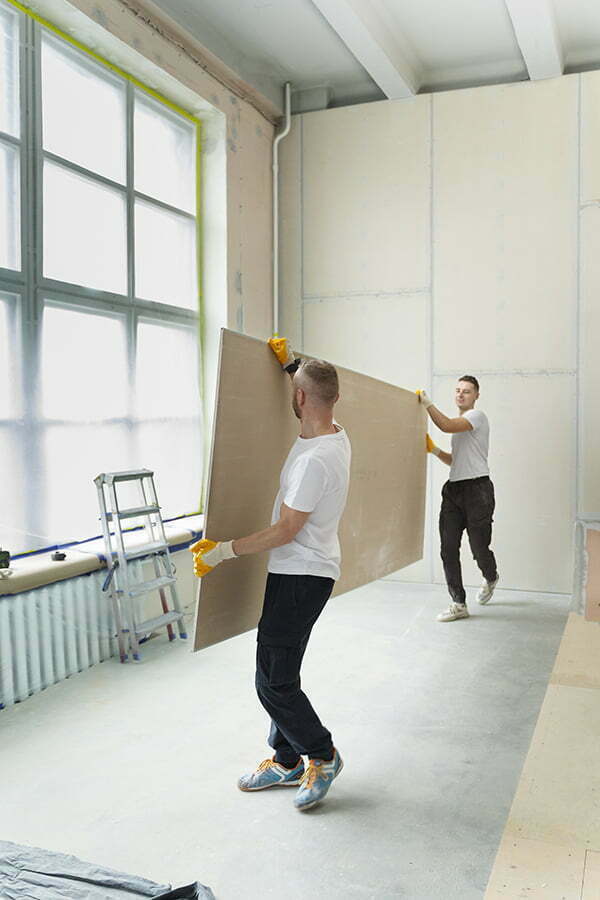
Hardboard is a popular choice. Hardboard, also known as high-density fiberboard (HDF), is made from compressed wood fibers and resin.
One of the advantages of using hardboard is its smooth surface which makes it ideal for painting or laminating with veneer.
However, one major disadvantage of hardboard is that it’s not moisture-resistant. This means that if exposed to water or humidity over time, the board can warp and lose its shape.
Therefore, when considering using hardboards in areas such as bathrooms or kitchens where there may be exposure to moisture regularly; you might want to consider other alternatives like marine plywood instead.
Overall though if you’re looking for a budget-friendly option with a smooth surface finish then HDF could be worth considering but just make sure you keep in mind its limitations before making your final decision on whether this material will work best for your project needs!
OSB Board
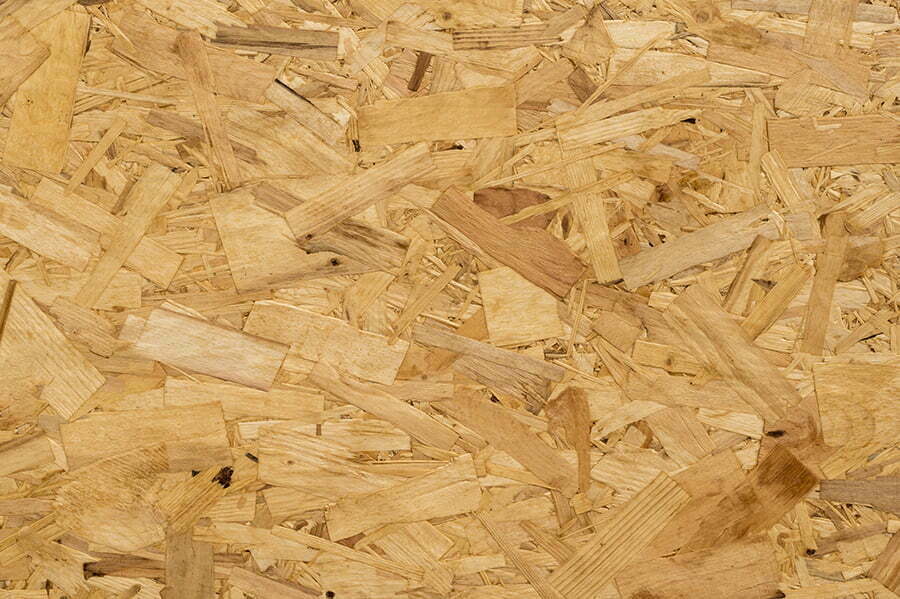
OSB board is a popular choice for those looking for durability and eco-friendliness. OSB (oriented strand board) is made from compressed wood strands that are glued together with resin.
This process creates a strong and sturdy material that can withstand heavy use.
One of the biggest advantages of using OSB board as an alternative to MDF is its durability. It’s resistant to warping, splitting, and cracking which makes it ideal for high traffic areas or furniture pieces that will be used frequently.
Another advantage of using OSB board is its eco-friendliness. Unlike MDF which uses formaldehyde-based resins in its production process, most manufacturers use low-VOC (volatile organic compound) resins when making OSB boards.
However, one disadvantage of using this material as an alternative to MDF is the limited design options available due to the rough texture on both sides of the panel. While some may find this rustic look appealing in certain settings such as industrial or farmhouse style decor themes; others may prefer smoother finishes found on other materials like plywood or particleboard.
Overall though if you’re looking for a durable and environmentally friendly option then consider giving osb boards a try!
Solid Wood Planks
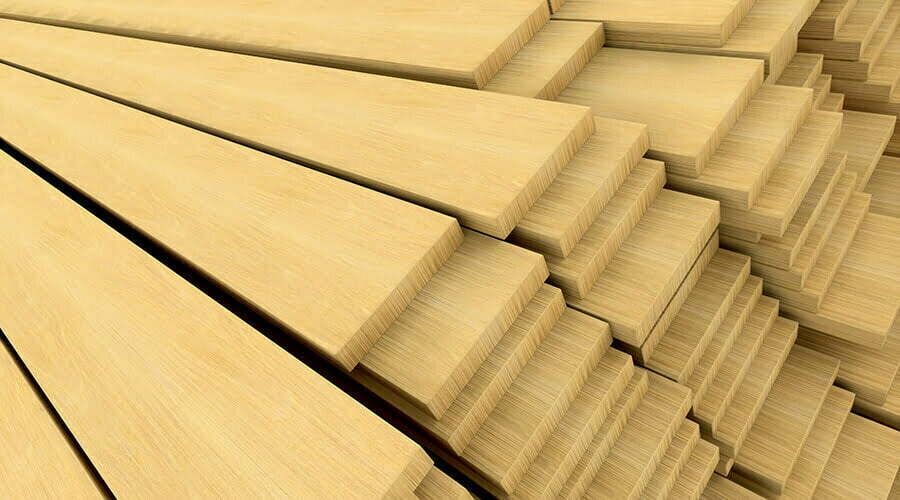
Solid wood planks are a popular choice for creating a rustic and natural look. These planks are made from real wood and can be used in various ways such as wall paneling, flooring or even furniture.
The aesthetic appeal of solid wood is undeniable – the unique grain patterns and textures add warmth and character to any space.
However, one major disadvantage of using solid wood planks is their cost. Solid woods like oak or maple can be quite expensive compared to other materials like MDF (medium-density fiberboard) or plywood.
They require regular maintenance such as sanding and refinishing which adds up over time.
Despite the cost factor, many homeowners still prefer the beauty of natural hardwoods over synthetic alternatives because they offer an authentic feel that cannot be replicated by man-made materials. If you have some extra budget set aside for your home renovation project then investing in high-quality wooden planks could definitely elevate your decor game!
Bamboo Plywood

Bamboo plywood is a great alternative to MDF due to its eco-friendly nature. It is made from bamboo, which grows quickly and can be harvested without killing the plant.
This makes it a sustainable option for those who are environmentally conscious. Bamboo plywood has a unique look that can add character to any room.
However, one disadvantage of using bamboo plywood is its limited availability in some areas. It may not be as easy to find as other materials like MDF or traditional wood products.
This could make it more expensive or difficult for some people to use in their home decor projects.
Despite this limitation, if you’re looking for an eco-friendly material with an interesting texture and appearance, then bamboo plywood might just be the perfect choice for your next project!
Acrylic Sheets

Acrylic sheets are a popular choice for their durability and waterproof properties. Acrylic sheets are made of a thermoplastic material that is lightweight yet strong, making them ideal for use in various home decor projects.
They come in different colors and finishes, allowing you to choose the perfect one that matches your design aesthetic.
One disadvantage of using acrylic sheets is that they can be susceptible to scratches if not handled with care. This means you need to be careful when cleaning or moving items around them so as not to damage the surface.
However, with proper maintenance and handling, acrylic sheets can last for years without losing their shine or clarity.
If you’re looking for an MDF alternative that’s durable and waterproof while still being visually appealing, then acrylic sheets may just be what you need!
Cement Boards
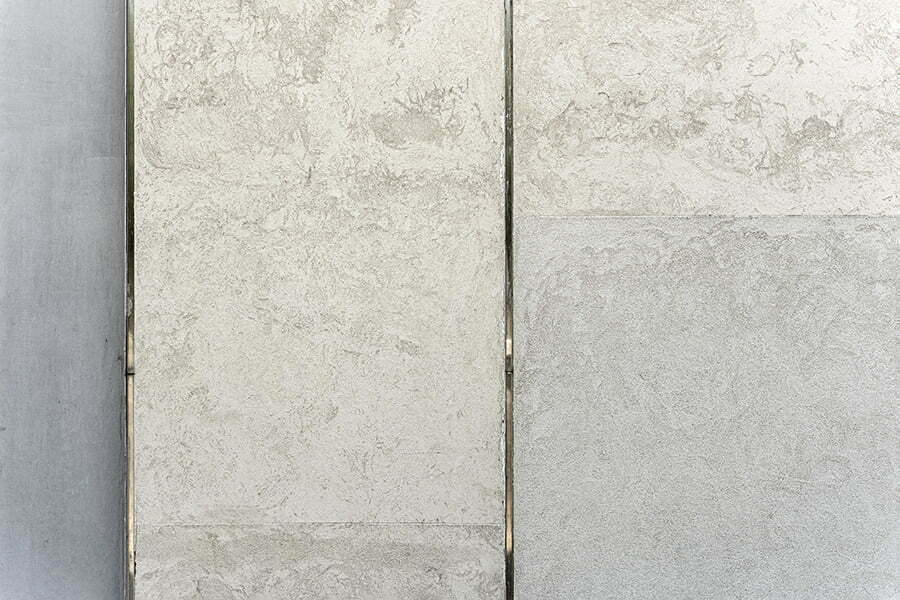
Cement boards are a popular alternative to MDF due to their durability and resistance to mold and fire. These boards are made from a mixture of cement, sand, and fibers that create a strong material that can withstand harsh conditions.
One of the biggest advantages of using cement boards is their ability to resist mold growth. This makes them an ideal choice for areas with high humidity or moisture levels such as bathrooms or kitchens.
Cement boards are also fireproof which adds an extra layer of safety in case of any accidents in the home.
However, one major disadvantage is that they tend to be bulky and heavy which can make installation difficult for some DIY enthusiasts. It’s important to have proper tools when working with these materials as they require more effort than other alternatives like MDF.
If you’re looking for durable materials that offer protection against mold growth and fires then cement board may be worth considering despite its weighty nature.
Gypsum Boards (Drywall)
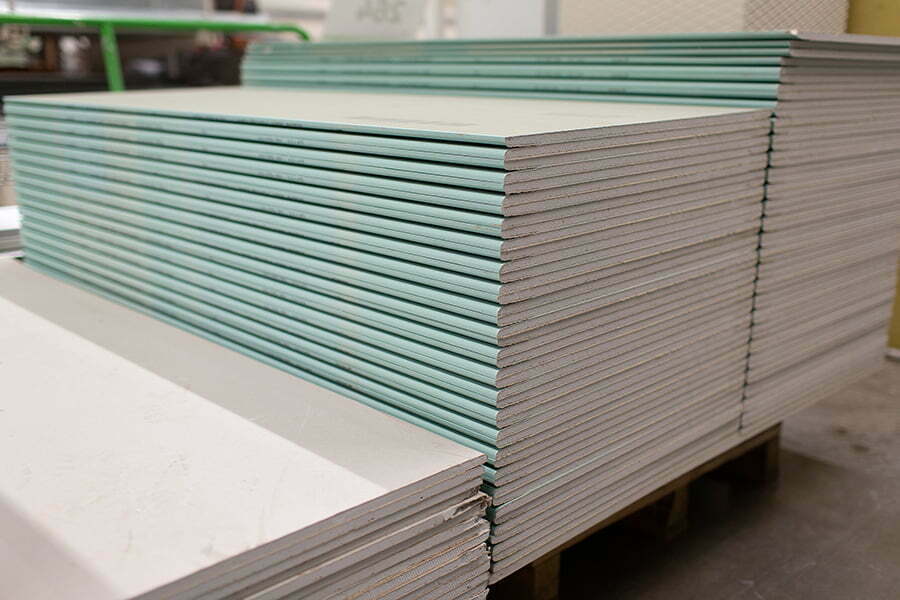
Gypsum boards or drywall are a popular choice. These boards are made of gypsum plaster that is sandwiched between two thick sheets of paper.
One advantage of using gypsum boards is their sound insulation properties, making them ideal for use in rooms where noise reduction is important such as bedrooms and home theaters.
However, one major disadvantage of using these boards is that they are not suitable for wet areas like bathrooms and kitchens since moisture can cause the material to deteriorate quickly. Installation can be tricky as the panels need to be cut precisely and secured properly with screws or nails.
Despite these drawbacks, many homeowners still choose drywall due to its affordability compared to other materials like wood paneling or metal tiles. It’s also easy to paint over once installed which makes it a versatile option when decorating on a budget.
PVC Foam Board
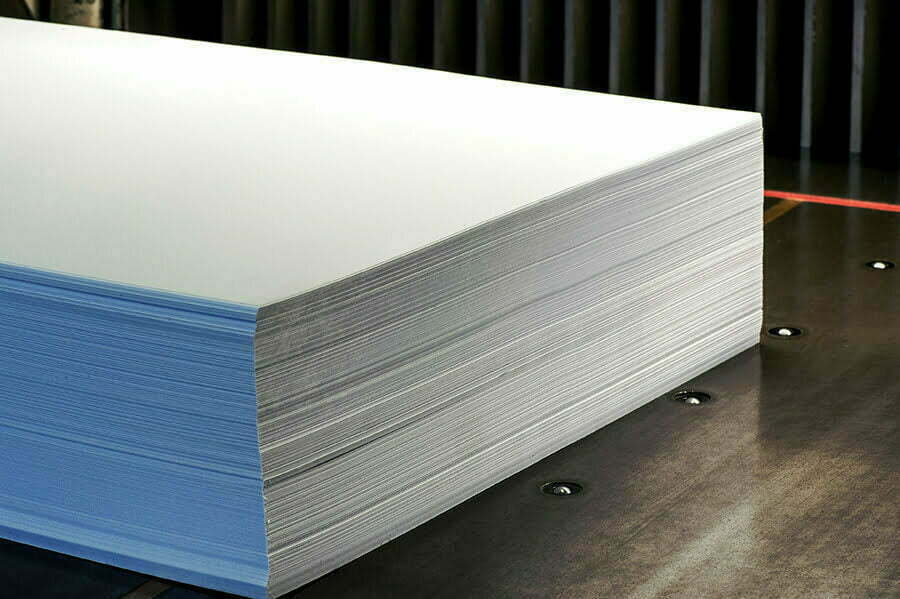
PVC foam board is a popular choice due to its durability and water resistance. This material is made from a lightweight foam core that is sandwiched between two layers of PVC sheets.
It’s commonly used in outdoor signage, display boards, and even furniture.
One advantage of using PVC foam board over MDF is its ability to withstand moisture without warping or swelling. This makes it an ideal option for areas with high humidity levels or where water exposure may occur.
However, one disadvantage of using this material for larger projects such as furniture pieces is its lack of flexibility. Due to the rigid nature of the foam core, large sizes can be difficult to work with and may require additional support structures.
If you’re looking for a durable and water-resistant alternative to MDF that works well in smaller applications like signage or display boards then PVC Foam Board could be an excellent option; however when working on larger projects you might want consider other options which offer more flexibility while still maintaining similar advantages as offered by this material.
Honeycomb Panels
Honeycomb panels are a popular choice for their great strength-to-weight ratio. These panels consist of a core made up of hexagonal cells that are sandwiched between two thin layers of material such as wood veneer or aluminum.
The result is a lightweight yet sturdy panel that can be used in various applications including furniture, cabinetry, and interior design.
One disadvantage of honeycomb panels is their lack of rigidity when unsupported. This means they may not be suitable for certain projects where stiffness and stability are crucial factors.
However, this can easily be addressed by adding additional support structures or using thicker materials for the outer layers.
Honeycomb panels offer an excellent alternative to MDF with their unique combination of strength and lightness making them ideal for many different types of projects on a budget.
Aluminum Composite Panel
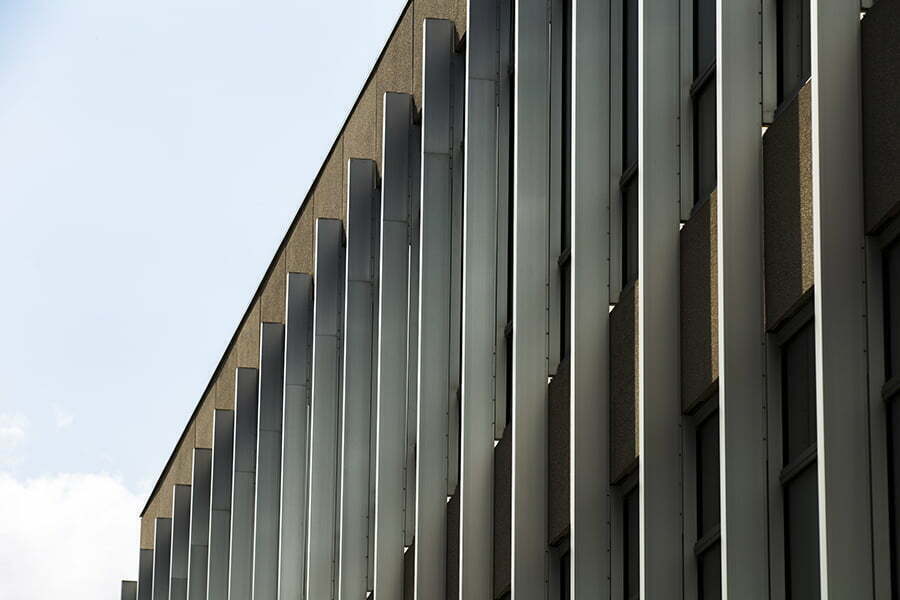
Aluminum composite panels (ACP) are a popular choice. ACPs consist of two thin aluminum sheets bonded to a non-aluminum core material, such as polyethylene or fire-resistant mineral-filled core.
One of the biggest advantages of ACP is its ruggedness and lightweight nature, making it ideal for use in high-traffic areas or outdoor applications where durability is key. However, this increased durability and versatility come at an elevated cost compared to other MDF alternatives on the market.
It’s important to weigh these pros and cons when considering whether ACP is the right choice for your project needs and budget constraints.
Fiber Cement Siding

Fiber cement siding is a popular choice for exterior applications. This material is made from a mixture of cement, sand, and cellulose fibers that are pressed into sheets or planks.
One of the biggest advantages of fiber cement siding is its durability and low maintenance requirements. It’s also fire-resistant, making it an ideal option for areas prone to wildfires.
However, one disadvantage of fiber cement siding is its cumbersome installation process. The material can be heavy and difficult to cut accurately without specialized tools or training.
Improper installation can lead to moisture problems such as mold growth behind the panels.
Despite these drawbacks, many homeowners choose fiber cement siding because it offers long-lasting protection against weather damage while requiring minimal upkeep over time.
Glass Fiber Reinforced Gypsum (GFRG)
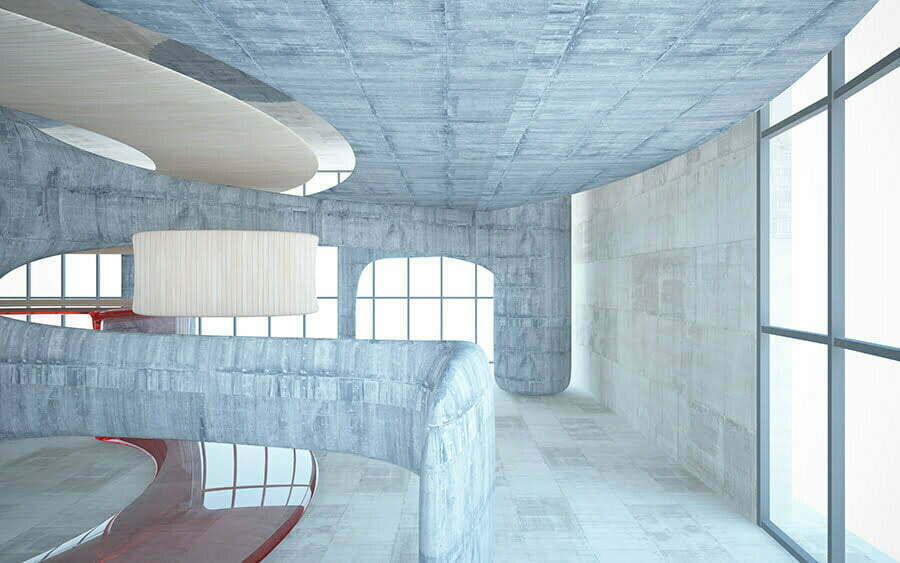
Another option that is gaining popularity in the world of home decor is Glass Fiber Reinforced Gypsum (GFRG). This material consists of gypsum plaster reinforced with glass fibers, resulting in a lightweight and strong product.
One major advantage of GFRG over regular gypsum is its strength. It can withstand more weight and pressure than traditional drywall or plasterboard, making it an ideal choice for areas that require extra durability such as high-traffic hallways or commercial spaces.
Another benefit of GFRG is its lightweight nature which makes installation easier compared to other materials like concrete or stone. However, this convenience comes at a cost – literally! The production process for GFRG involves specialized equipment and skilled labor which makes it relatively expensive compared to other options on the market.
While Glass Fiber Reinforced Gypsum may not be the most budget-friendly alternative out there when compared with MDF substitutes; its strength and lightness make up for this disadvantage if you are willing to invest more money into your project’s construction costs.
Corrugated Plastic Sheeting
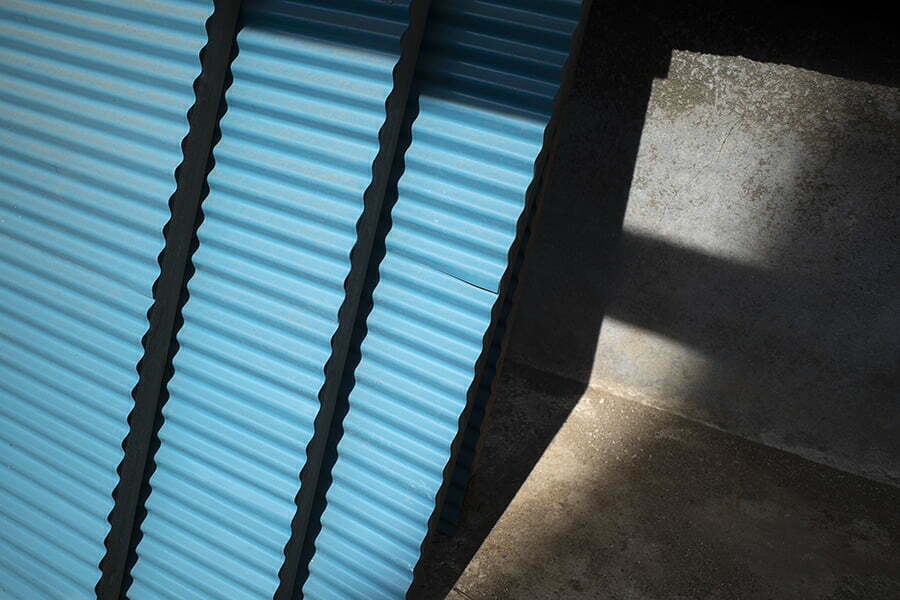
Corrugated plastic sheeting is a popular alternative to MDF because it is lightweight and easy-to-cut. It is made from polypropylene, making it resistant to water and chemicals.
However, corrugated plastic sheeting may not be as strong as other materials like wood or metal. This means that it may not be suitable for heavy-duty applications or areas with high traffic.
Despite this disadvantage, corrugated plastic sheeting can still provide an affordable option for creating decorative elements in your home decor projects while also being durable enough for everyday use in certain situations.
Recycled Paper-based Composites
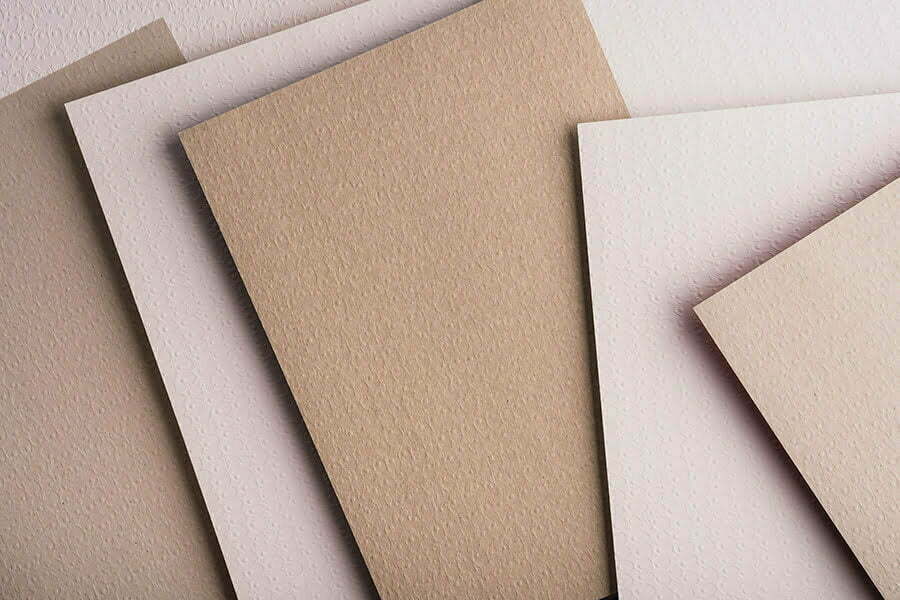
Recycled paper-based composites are an eco-friendly and sustainable alternative to MDF. These composites are made from recycled paper fibers that have been compressed and bonded together with a resin binder.
They offer a unique texture that can add depth and interest to any decor project.
One of the biggest advantages of using recycled paper-based composites is their sustainability factor. By using recycled materials, you’re helping reduce waste in landfills while also conserving natural resources like trees.
However, it’s important to note that these types of composites may not be as durable as other alternatives like solid wood or metal. They can be prone to warping or cracking over time if exposed to moisture or extreme temperatures.
If you’re looking for an eco-friendly option for your home decor projects, then recycled paper-based composite might just be the perfect choice for you! Just keep in mind its limitations when it comes to durability compared with other options available on the market today.
Wood Veneers On Particleboards

When it comes to creating stunning decor on a budget, wood veneers on particleboards or MDFs are an excellent alternative to solid wood. These materials offer the same aesthetic appeal as solid wood but at a fraction of the cost.
They are more environmentally friendly since they use less natural resources.
However, it’s important to note that while these materials may be affordable and aesthetically pleasing, they are not as durable as solid wood. Particleboards and MDFs have lower density than hardwood which makes them prone to scratches and dents over time.
Despite this disadvantage though, there is still value in using these alternatives for your home decor needs. With proper care and maintenance such as avoiding exposure from moisture or direct sunlight can help prolong their lifespan making them worth considering when looking for budget-friendly options without sacrificing style.
3D Printed Materials
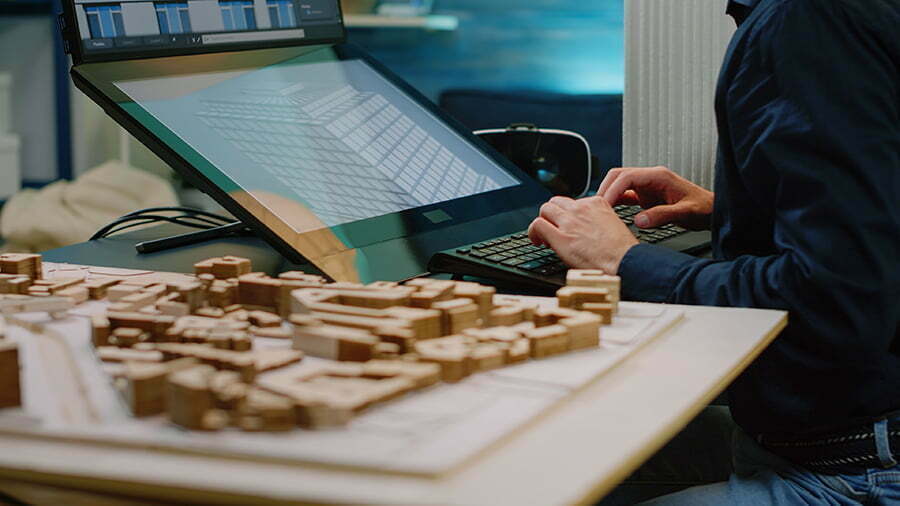
3D printed materials are a relatively new and innovative option. The advantages of using 3D printed materials for home decor is that they can be fully customized to fit any design or space.
This allows for unique and personalized pieces that cannot be found in stores.
However, the downside of using 3D printed materials is their cost and limited availability. The technology used in creating these items can be expensive, making them less accessible than other options on the market.
Not all areas have access to this type of printing technology which limits its availability as an alternative material choice.
Despite these drawbacks, those who are willing to invest in this cutting-edge approach will find themselves with truly one-of-a-kind pieces that add a modern touch to any room’s decor scheme.
Wood-plastic Composites (WPC)
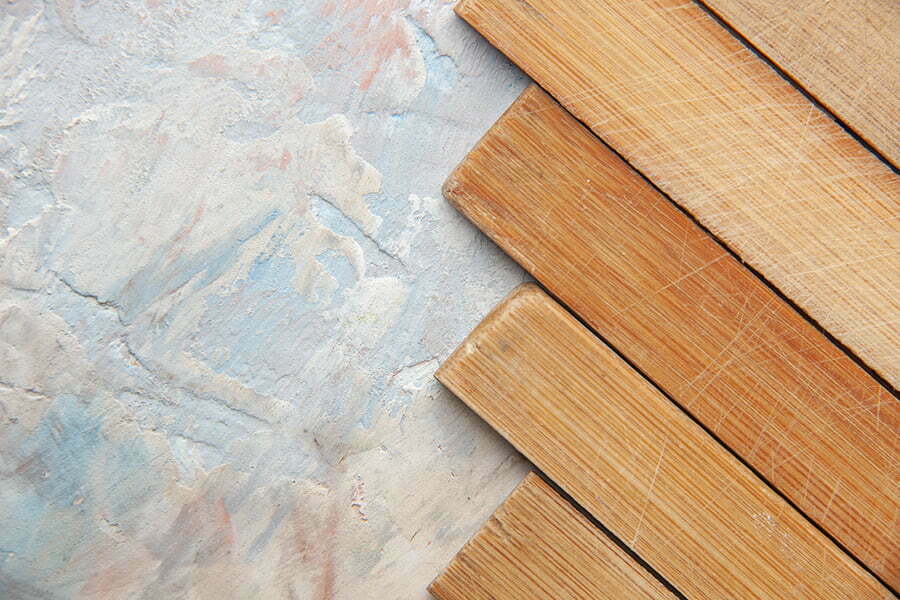
Wood-plastic composites (WPC) are a popular alternative to MDF due to their weather-resistant and low-maintenance properties. WPC is made by combining wood fibers or sawdust with plastic resin, resulting in a material that looks like wood but has the durability of plastic.
This makes it an excellent choice for outdoor furniture and decking.
However, one disadvantage of WPC is its higher initial cost compared to traditional lumber or MDF. It may also not have the same natural look as real wood, which can be a drawback for some homeowners who prefer authentic materials in their decor.
Despite these drawbacks, WPC remains attractive for those looking for long-lasting and low-maintenance alternatives to traditional building materials like MDF.
Cardboard Honeycomb Panels
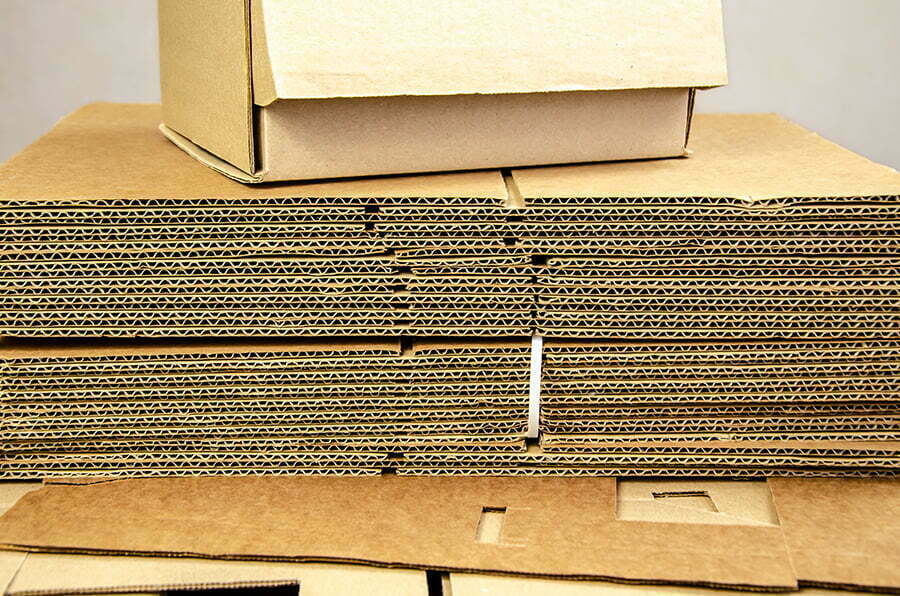
Cardboard honeycomb panels are a great option for those who prioritize eco-friendliness and lightweight materials. These panels are made from recycled cardboard that is cut into hexagonal cells and glued together in a honeycomb pattern.
One of the biggest advantages of using these panels is their low weight, making them easy to handle during installation. They’re an environmentally friendly choice since they’re made from recycled materials.
However, there are some disadvantages as well. Cardboard honeycomb panels have limited strength and durability compared to other options like plywood or solid wood.
They may not be suitable for heavy-duty applications or areas with high moisture levels.
If you’re looking for an affordable and eco-friendly alternative to MDF that can work well in certain situations where strength isn’t the main concern – such as creating decorative wall paneling – then cardboard honeycomb might be worth considering!
Recap



